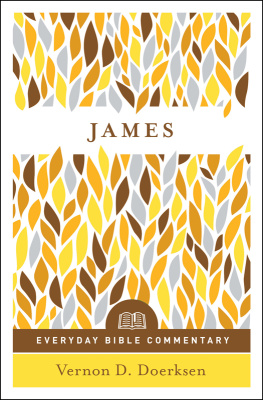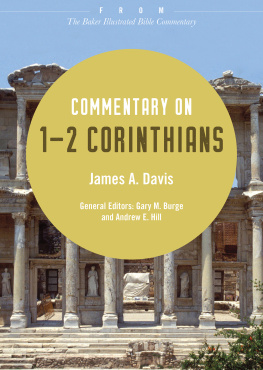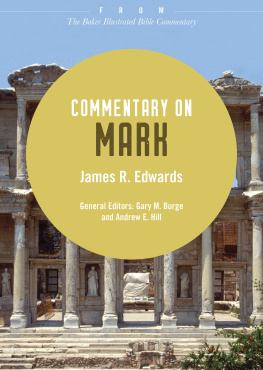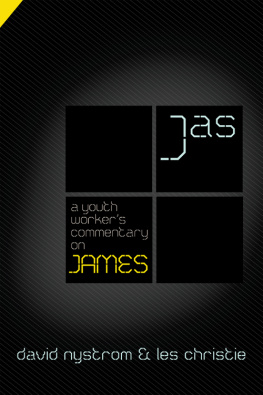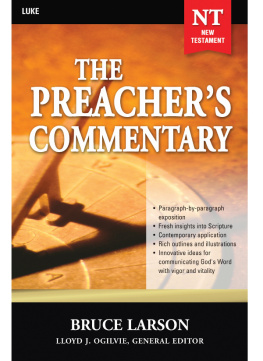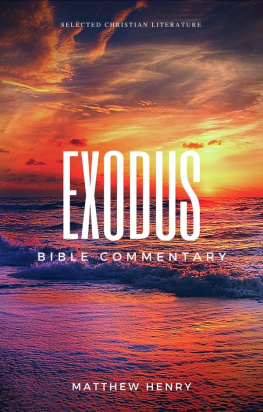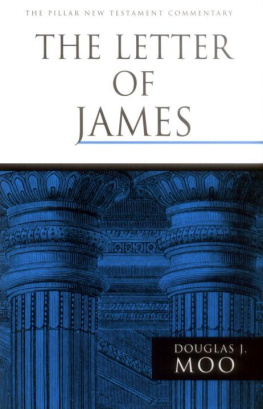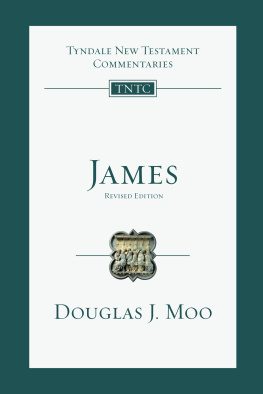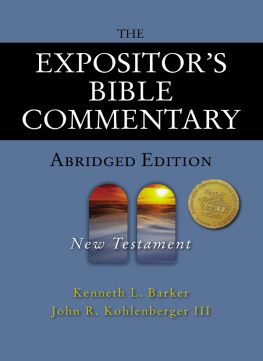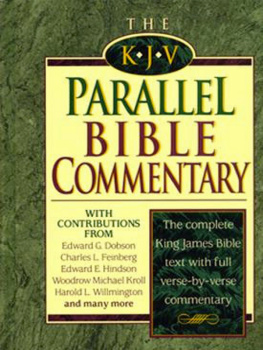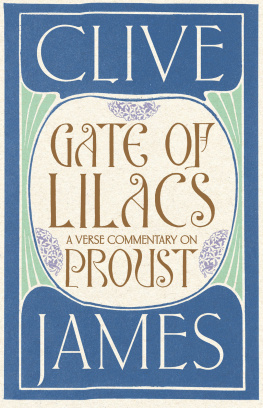Contents
Guide


1983 by THE MOODY BIBLE INSTITUTE OF CHICAGO
Everyday Bible Commentary edition 2019
All rights reserved. No part of this book may be reproduced in any form without permission in writing from the publisher, except in the case of brief quotations embodied in critical articles or reviews.
All Scripture references, unless otherwise indicated, are taken from the New American Standard Bible (NASB), Copyright 1960, 1962, 1963, 1968, 1971, 1972, 1973, 1975, 1977, 1995 by The Lockman Foundation. Used by permission. www.Lockman.org.
Scripture quotations marked RSV are from the Revised Standard Version of the Bible, copyright 1952 [2nd edition, 1971] by the Division of Christian Education of the National Council of the Churches of Christ in the USA. Used by permission. All rights reserved.
Scripture quotations marked KJV are taken from the King James Version.
Scripture quotations marked NIV are taken from the Holy Bible, New International Version, NIV. Copyright 1973, 1978, 1984, 2011 by Biblica, Inc. Used by permission of Zondervan. All rights reserved worldwide. www.zondervan.com. The NIV and New International Version are trademarks registered in the United States Patent and Trademark Office by Biblica, Inc.
Scripture quotations marked NEB are taken from the New English Bible, copyright 1961 Cambridge University Press and Oxford University Press, 1961, 1970. All rights reserved.
Scripture quotations marked ASV are taken from the American Standard Version.
Scripture quotations marked Moffatt are taken from The Holy Bible Containing the Old and New Testaments, a New Translation by James Moffatt.
Scripture quotations marked DRB are taken from the 1899 DouayRheims Bible.
Scripture quotations marked MLB are taken from Modern Language Bible (The New Berkeley Version in Modern English, rev. ed. [Grand Rapids: Zondervan, 1959, 1969]).
Scripture quotations marked LXX taken from English Translation of the Greek Septuagint Bible: The Translation of the Greek Old Testament Scriptures, Including the Apocrypha. Compiled from the Translation by Sir Lancelot C. L. Brenton, 1851.
The use of selected references from various versions of the Bible in this publication does not necessarily imply publisher endorsement of the versions in their entirety.
Cover design: Faceout Studio
Interior design: Puckett Smartt
Cover illustration of leaf pattern copyright 2018 by Markovka / Shutterstock (74663932). All rights reserved.
Cover illustration of open book copyright 2018 by IhorZigor / Shutterstock (185667422). All rights reserved.
Library of Congress Cataloging in Publication Data
Doerksen, Vernon D. James
Bibliography: p. 141
I. Bible. N.T. JamesCommentaries. I. Title.
BS2785.3.D63 1983 227.9107 83-13395
ISBN 978-0-8024-0242-4
ISBN: 978-0-8024-1897-5
eBook ISBN: 978-0-8024-9768-0
We hope you enjoy this book from Moody Publishers. Our goal is to provide high-quality, thought-provoking books and products that connect truth to your real needs and challenges. For more information on other books and products written and produced from a biblical perspective, go to www.moodypublishers.com or write to:
Moody Publishers
820 N. LaSalle Boulevard
Chicago, IL 60610
Friend,
Thank you for choosing to read this Moody Publishers title. It is our hope and prayer that this book will help you to know Jesus Christ more personally and love Him more deeply.
The proceeds from your purchase help pay the tuition of students attending Moody Bible Institute. These students come from around the globe and graduate better equipped to impact our world for Christ.
Other Moody Ministries that may be of interest to you include Moody Radio and Moody Distance Learning. To learn more visit www.moodyradio.org and www.moody.edu/distance-learning.
To enhance your reading experience weve made it easy to share inspiring passages and thought-provoking quotes with your friends via Goodreads, Facebook, Twitter, and other booksharing sites. To do so, simply highlight and forward. And dont forget to put this book on your Reading Shelf on your book community site.
Thanks again, and may God bless you.
The Moody Publishers Team
F or over sixty years, the Everyday Bible Commentary series (formerly titled Everymans Bible Commentary series) has served millions of readers, helping them to grow in their understanding of both God and His Word. These commentarieswritten by a wide variety of evangelical scholars who are experts in their respective fieldsprovide biblical interpretation that is both accessible and rich, impacting the daily lives of Christians from diverse cultural and theological backgrounds.
So why rerelease the Everyday Bible Commentary series given its immense success? These commentaries have served readers tremendously well in generations past, and we want to ensure that they serve many more for generations to come. While these commentaries are not new, they remain relevant as the content in each volume provides timeless scriptural exposition. And perhaps today more than ever, Christians need reliable biblical instruction that has stood the test of time. With so many voices vying for our attention and allegiance, Christians need to understand the voice of the One calling out to us in Scripture so we may faithfully live for Him and His glory. And it is to this end that these commentaries were written: that believers may encounter God through His Word and embody it in their everyday lives.

F aith working through love (Gal. 5:6) could easily be considered the theme of the epistle of James. The author is concerned that his readers understand well the responsibilities of New Testament Christianity. True saving faith must be a vibrant, working faith. James emphasizes that love for God and faith in Him cannot be separated from an active love for ones neighbor. Gods will is that the Christian love both God and the children of God. The fruit of genuine faith is unhypocritical love; the product of love is practical works of righteousness and piety. James does not countenance a dead orthodoxy. He agrees with John that the authentic believer is one who does not love with word or with tongue, but in deed and truth (1 John 3:18). That is the heart of his epistle.
Though the primary purpose of this commentary is not the so-called introductory matters such as authorship, destination, date, and purpose, those do need to be touched upon briefly.
AUTHORSHIP
The author is identified as James, a bond-servant of God and of the Lord Jesus Christ (1:1). The New Testament mentions five men by the name of James. The most prominent James in the Gospels is James the son of Zebedee and brother of John. In the listings of the apostles, he is always included in the first group of four (Matt. 10:2; Mark 3:17; Luke 6:14; Acts 1:13). It is highly unlikely that he was the author, for he suffered martyrdom at the hands of Herod Agrippa I early in the history of the church (AD 44; Acts 12:2). He died before he could have achieved a position of leadership such as that enjoyed by the author of James. Further, if he was James the son of Zebedee, he would likely have designated himself as an apostle and not simply James.

